What Microscope Has The Best Resolution ?
The electron microscope has the best resolution among all types of microscopes.
1、 Electron Microscope: Highest resolution for imaging at nanoscale.
The microscope that has the best resolution is the Electron Microscope (EM). It is widely recognized as the most powerful tool for imaging at the nanoscale. The EM uses a beam of electrons instead of light to magnify and visualize specimens, allowing for much higher resolution than traditional light microscopes.
The resolution of a microscope refers to its ability to distinguish two closely spaced objects as separate entities. The EM achieves incredibly high resolution by utilizing the short wavelength of electrons, which is much smaller than that of visible light. This enables the EM to resolve details at the atomic level, providing scientists with unprecedented insights into the structure and composition of materials.
There are two main types of electron microscopes: Transmission Electron Microscope (TEM) and Scanning Electron Microscope (SEM). The TEM is used to study the internal structure of specimens by transmitting electrons through the sample, while the SEM scans the surface of the specimen with a focused electron beam. Both types of EM offer exceptional resolution, with the ability to visualize objects as small as a few nanometers.
In recent years, advancements in electron microscopy have further improved its resolution capabilities. For example, aberration correction techniques have been developed to minimize distortions in the electron beam, resulting in even sharper images. Additionally, the introduction of new detectors and imaging modes has allowed for enhanced contrast and three-dimensional imaging.
It is important to note that while the EM provides the highest resolution, it also has certain limitations. The sample preparation process for electron microscopy can be complex and time-consuming, and the specimens must be placed in a vacuum, which may alter their natural state. Furthermore, the high-energy electron beam can damage delicate samples.
In conclusion, the Electron Microscope, with its ability to image at the nanoscale, offers the best resolution among all microscopes. Ongoing advancements in electron microscopy continue to push the boundaries of resolution, enabling scientists to explore the intricate details of the nanoworld.
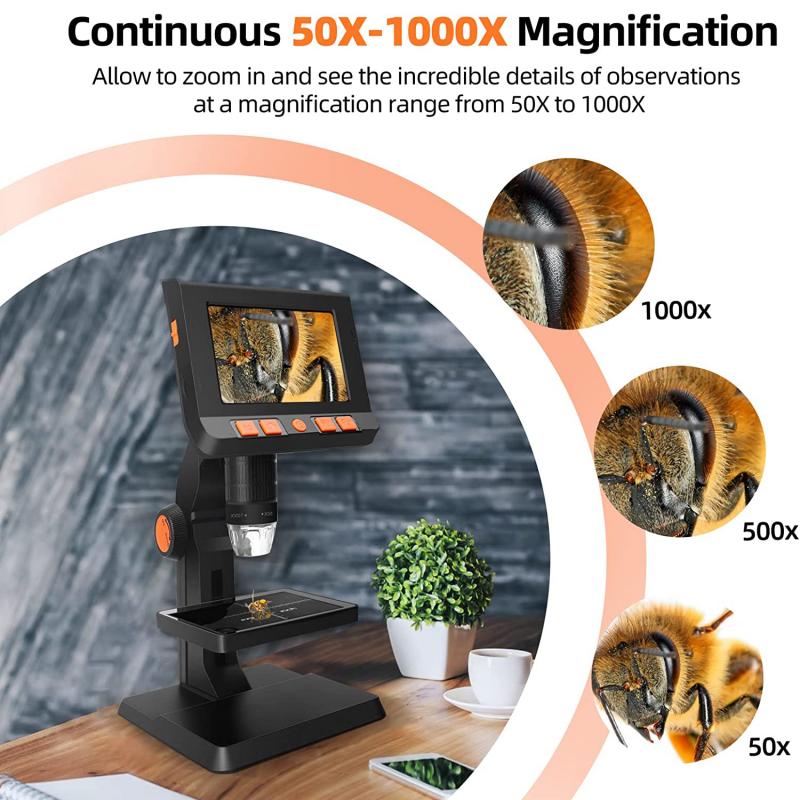
2、 Scanning Probe Microscope: Achieves atomic resolution through surface scanning.
The Scanning Probe Microscope (SPM) is widely regarded as the microscope with the best resolution. It is a powerful tool that allows scientists to achieve atomic resolution through surface scanning. The SPM works by using a sharp probe that scans the surface of a sample, measuring the interaction between the probe and the surface to create a detailed image.
One of the key advantages of the SPM is its ability to achieve atomic resolution. This means that it can visualize individual atoms on a surface, providing unprecedented detail and insight into the structure and properties of materials. This level of resolution is crucial in fields such as nanotechnology, where understanding and manipulating materials at the atomic scale is essential.
The SPM has evolved over the years, with advancements in technology improving its resolution and capabilities. For example, the development of non-contact modes of operation has allowed for even higher resolution imaging, as it minimizes the interaction between the probe and the surface. Additionally, the integration of other techniques, such as scanning tunneling microscopy and atomic force microscopy, has further enhanced the capabilities of the SPM.
It is important to note that while the SPM offers exceptional resolution, it is not without limitations. The imaging process can be time-consuming, and the delicate nature of the probe requires careful handling. Furthermore, the SPM is primarily used for imaging surfaces, and its application to bulk materials is limited.
In conclusion, the Scanning Probe Microscope is widely recognized as the microscope with the best resolution. Its ability to achieve atomic resolution through surface scanning has revolutionized the field of nanotechnology and provided valuable insights into the atomic structure of materials. With ongoing advancements in technology, the SPM continues to push the boundaries of what is possible in microscopy.

3、 Super-resolution Microscopy: Overcomes diffraction limit for enhanced resolution.
Super-resolution microscopy is a revolutionary technique that has overcome the diffraction limit of traditional light microscopy, allowing for enhanced resolution and unprecedented imaging capabilities. This technique has revolutionized the field of microscopy by enabling scientists to visualize and study biological structures and processes at the nanoscale level.
One of the most widely used super-resolution microscopy techniques is called stimulated emission depletion (STED) microscopy. STED microscopy utilizes a combination of laser beams to excite and deplete fluorescent molecules, resulting in a highly localized and precise imaging of structures. This technique has been instrumental in studying cellular structures, protein interactions, and molecular dynamics with resolutions down to a few nanometers.
Another powerful super-resolution technique is called structured illumination microscopy (SIM). SIM utilizes patterned illumination to extract high-frequency information from the sample, resulting in a resolution improvement of up to two times compared to conventional microscopy. SIM has been particularly useful in studying cellular processes and subcellular structures.
Recently, a new super-resolution technique called single-molecule localization microscopy (SMLM) has gained significant attention. SMLM utilizes the precise localization of individual fluorescent molecules to reconstruct high-resolution images. This technique has pushed the resolution limits even further, allowing for imaging at the molecular level.
It is important to note that the "best" resolution in super-resolution microscopy depends on the specific application and the sample being studied. Each technique has its advantages and limitations, and the choice of the best technique depends on factors such as resolution requirements, imaging speed, and sample compatibility.
In conclusion, super-resolution microscopy, including techniques like STED, SIM, and SMLM, has revolutionized the field of microscopy by overcoming the diffraction limit and providing enhanced resolution. These techniques have opened up new avenues for studying biological structures and processes at the nanoscale level, leading to breakthroughs in various fields of research. The choice of the best super-resolution technique depends on the specific requirements of the study, and ongoing advancements in this field continue to push the boundaries of resolution and imaging capabilities.

4、 X-ray Microscope: Provides high-resolution imaging using X-ray radiation.
The X-ray microscope is known for providing high-resolution imaging using X-ray radiation. X-ray microscopy is a powerful technique that allows scientists to observe the internal structure of materials at the nanoscale level. It offers a unique advantage over other microscopy techniques by providing detailed information about the elemental composition and chemical state of the sample.
The resolution of a microscope refers to its ability to distinguish between two closely spaced objects. In the case of X-ray microscopy, the resolution is determined by the wavelength of the X-ray radiation used. X-rays have much shorter wavelengths compared to visible light, which enables them to resolve smaller features in a sample.
The development of X-ray microscopy has significantly advanced in recent years, leading to improved resolution and imaging capabilities. One of the latest advancements in X-ray microscopy is the development of X-ray free-electron lasers (XFELs). XFELs produce extremely intense and coherent X-ray beams, allowing for even higher resolution imaging.
XFEL-based X-ray microscopy has the potential to revolutionize our understanding of materials and biological systems. It can provide unprecedented insights into the structure and dynamics of complex materials, such as proteins, viruses, and nanomaterials. XFELs have already been used to capture images of biological samples with resolutions down to a few nanometers.
However, it is important to note that the "best" resolution is subjective and depends on the specific requirements of the research or application. Different microscopy techniques, such as electron microscopy and super-resolution optical microscopy, also offer high-resolution imaging capabilities in different contexts. Therefore, the choice of the microscope with the best resolution ultimately depends on the specific needs and constraints of the experiment or study.
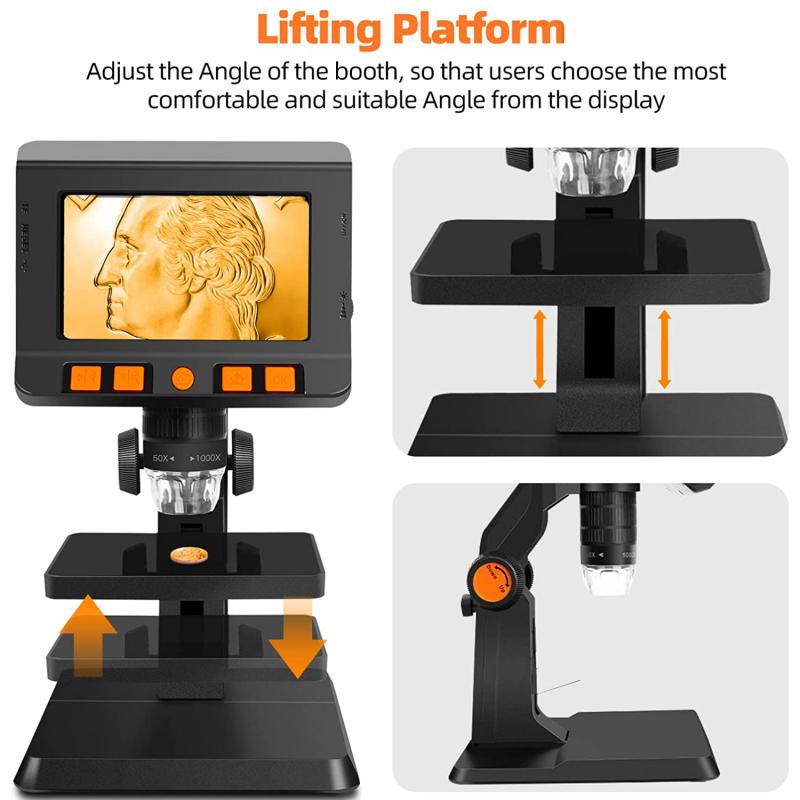



















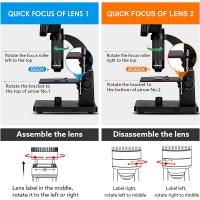
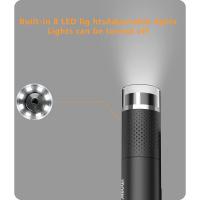



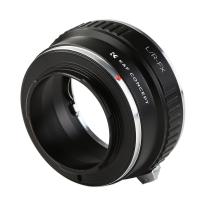


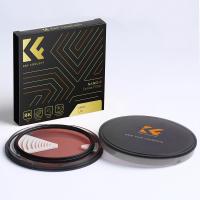
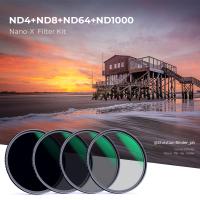
There are no comments for this blog.